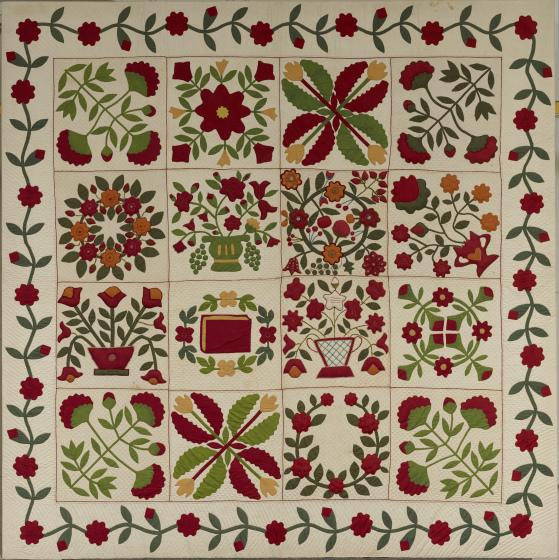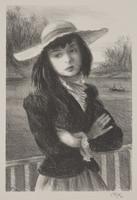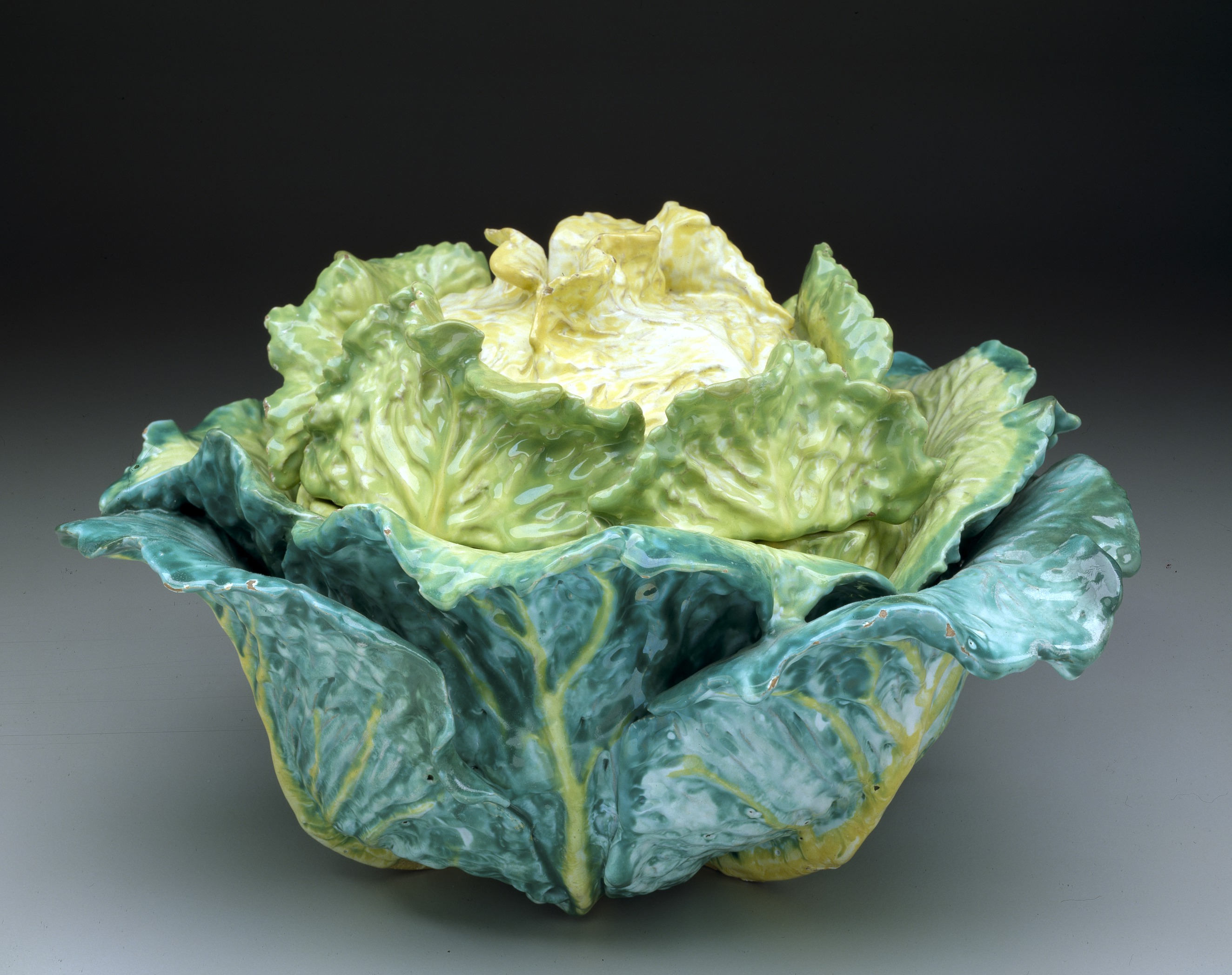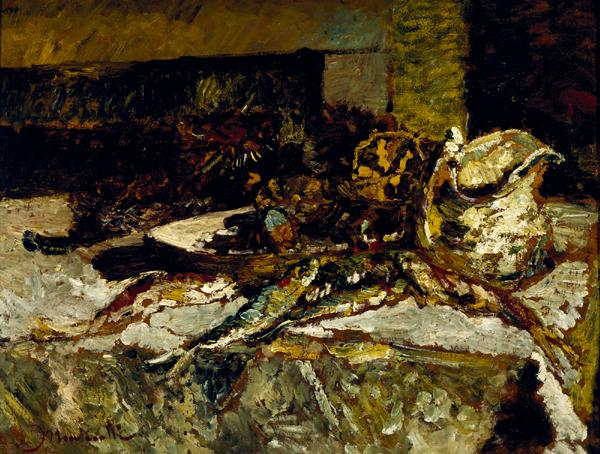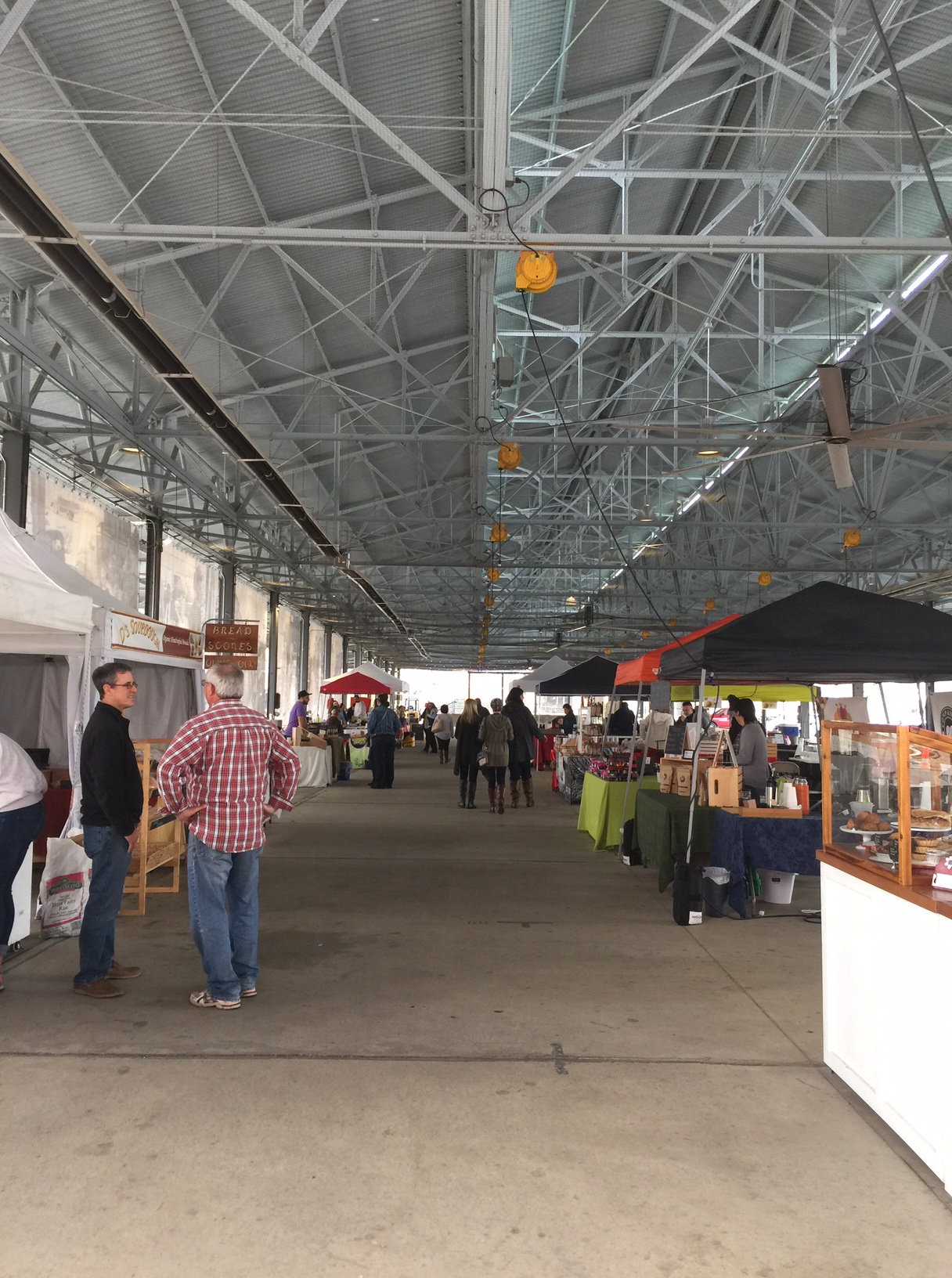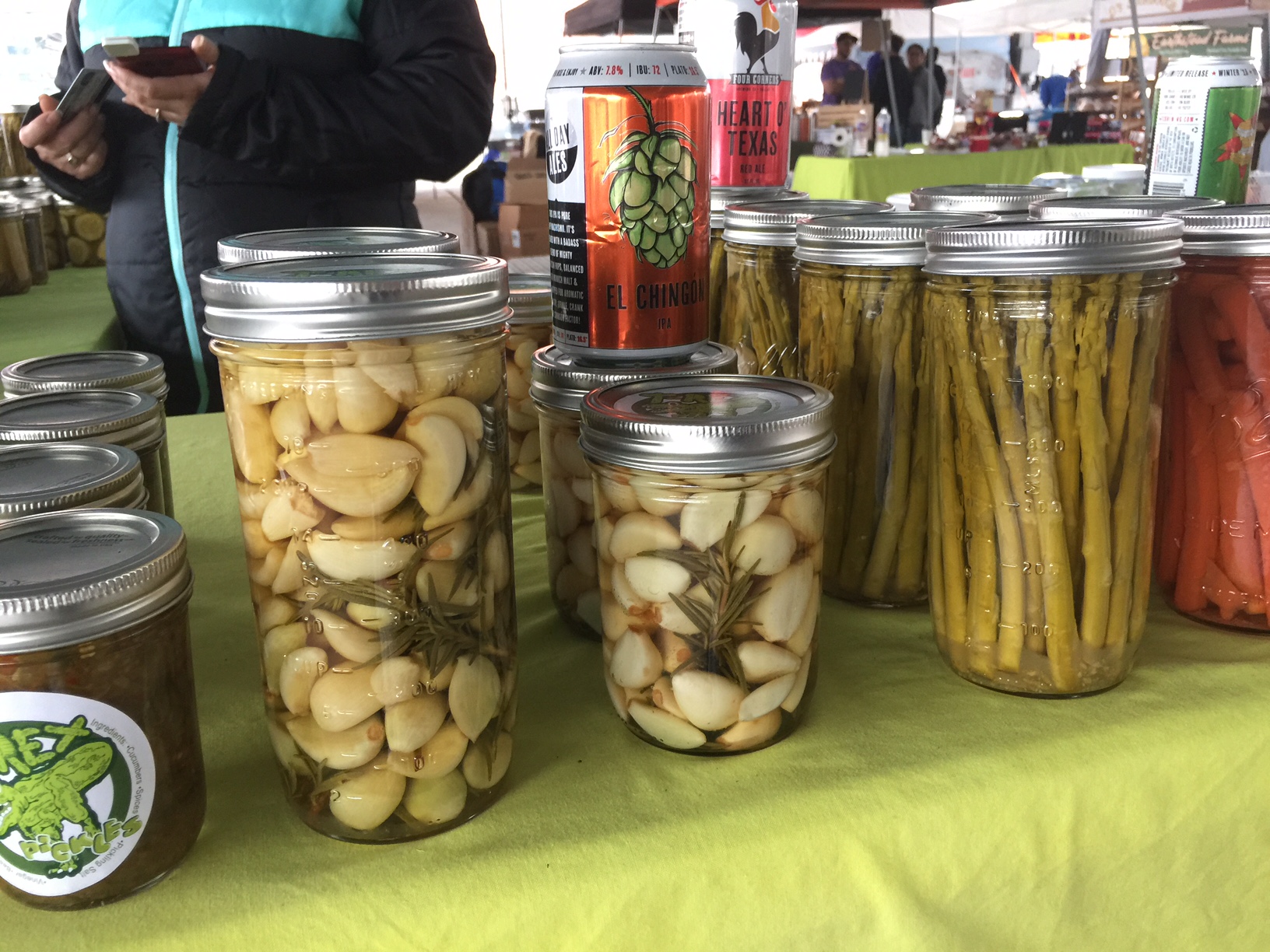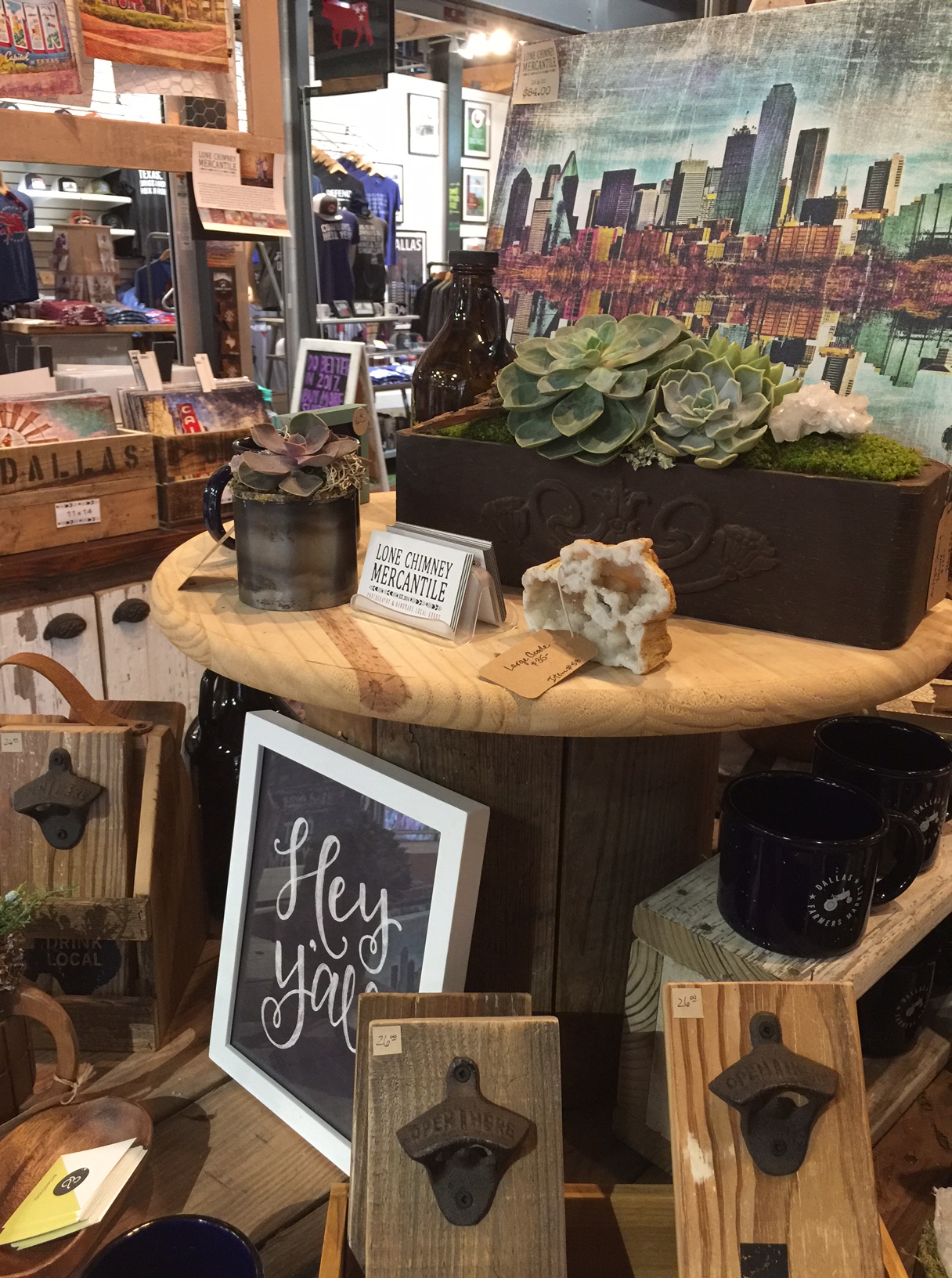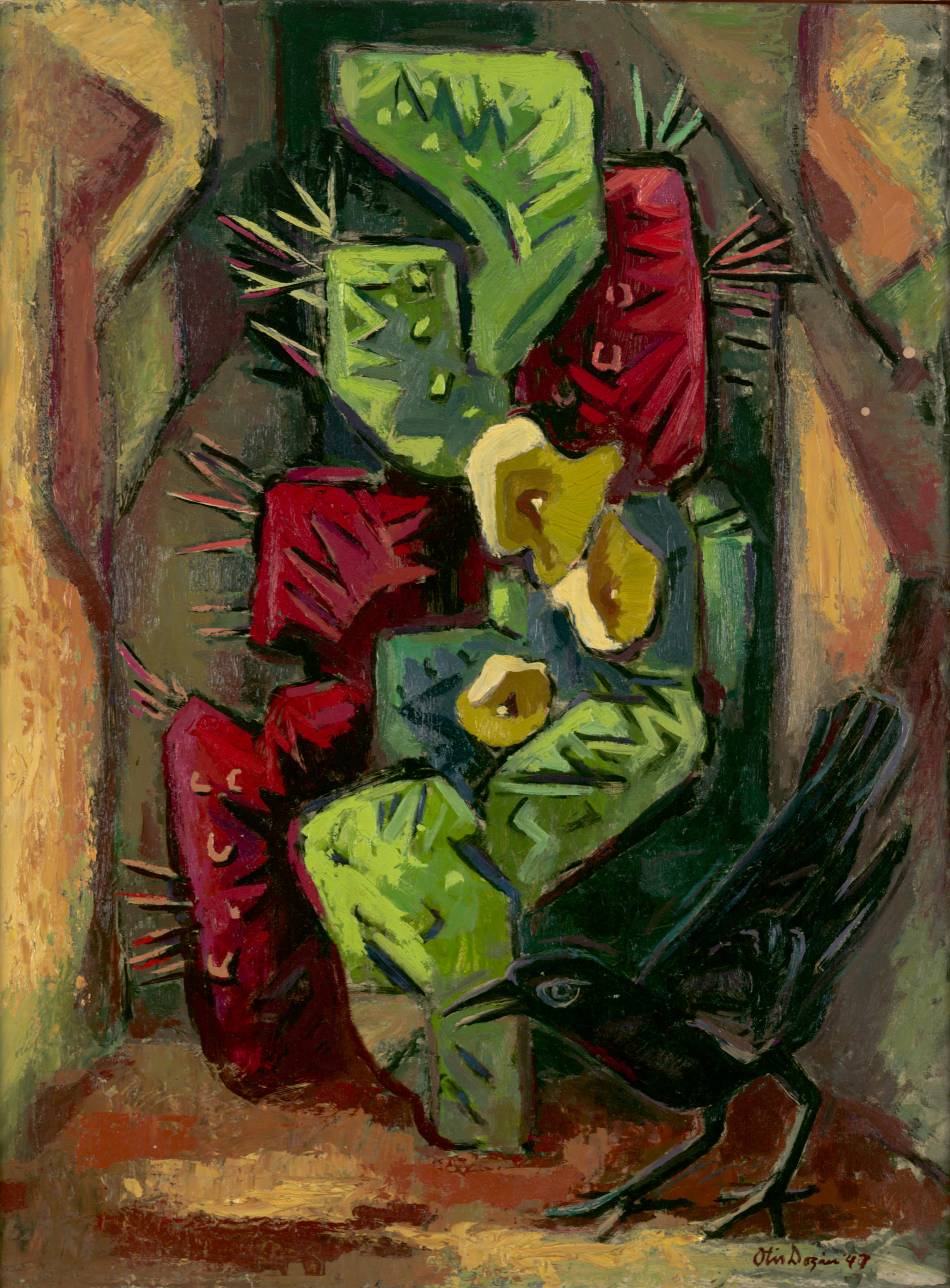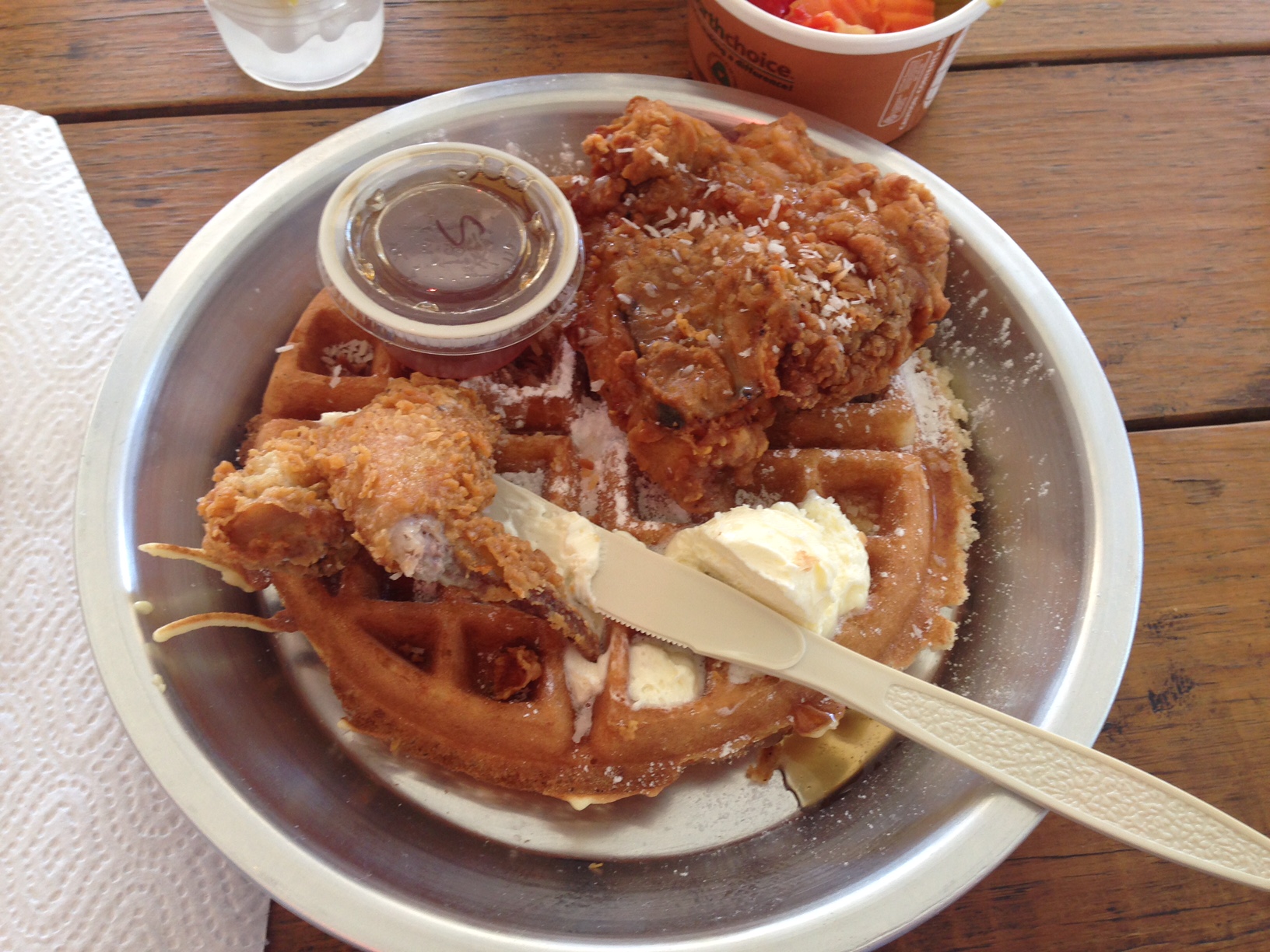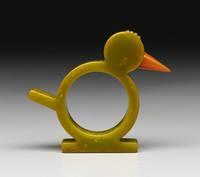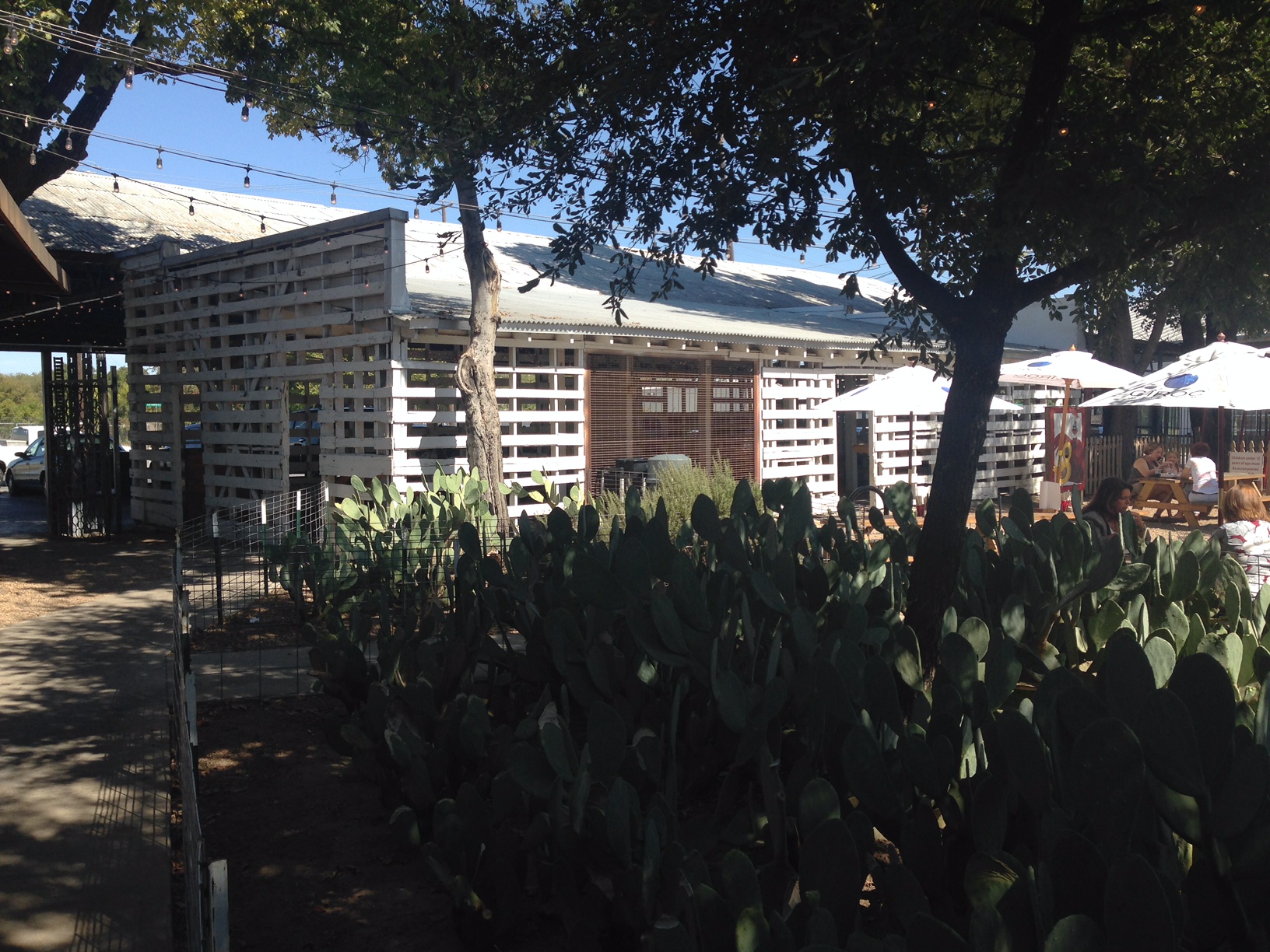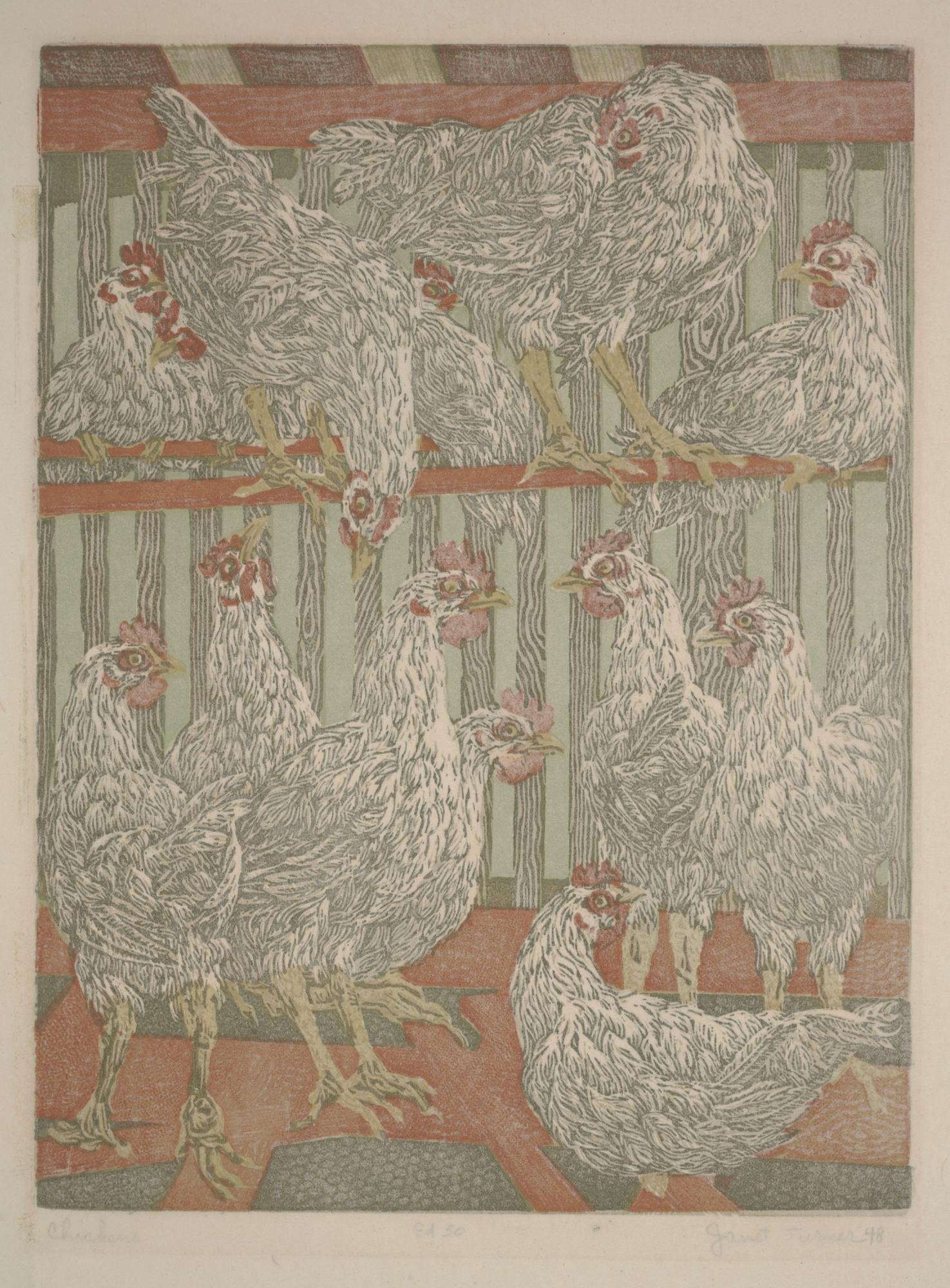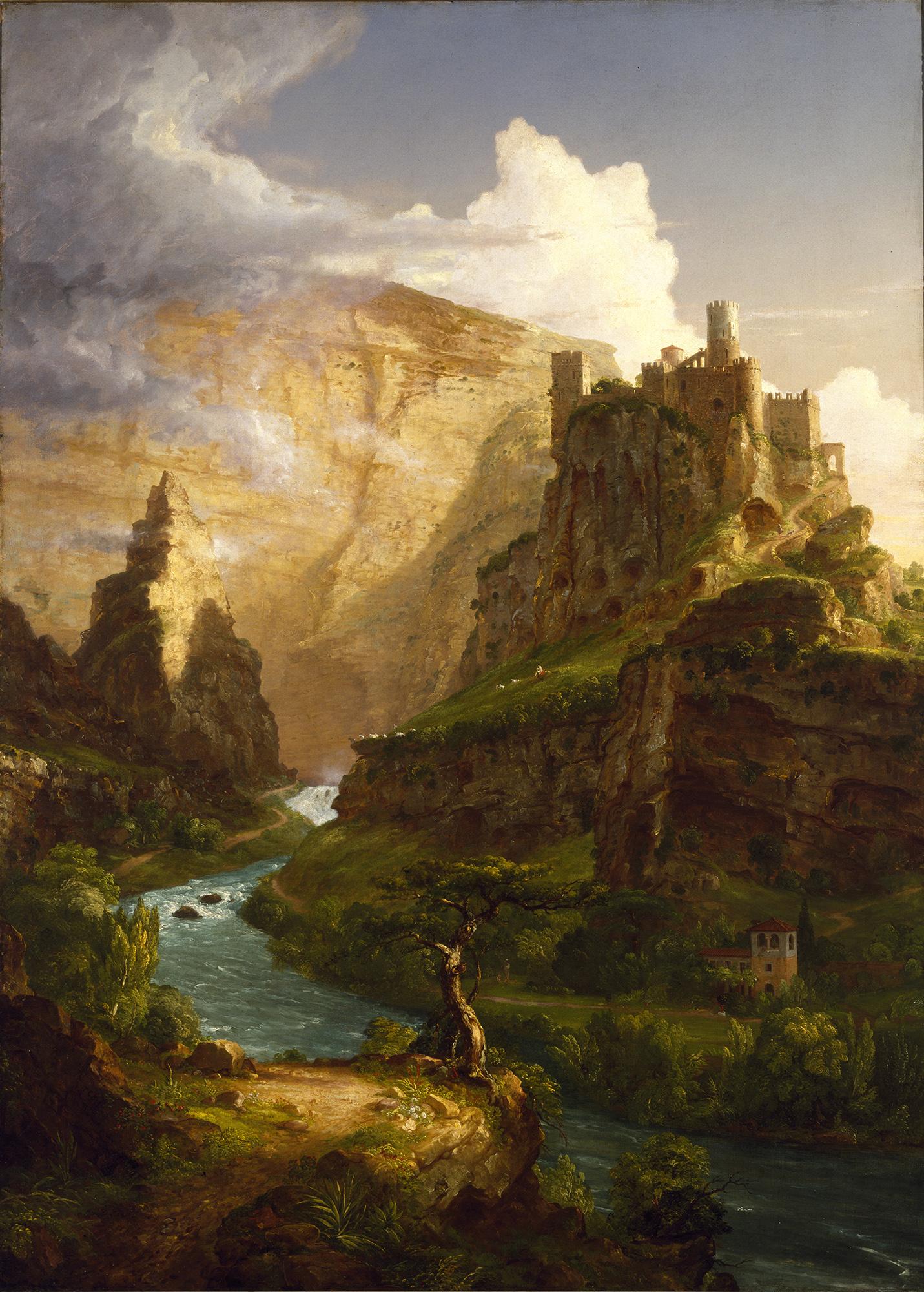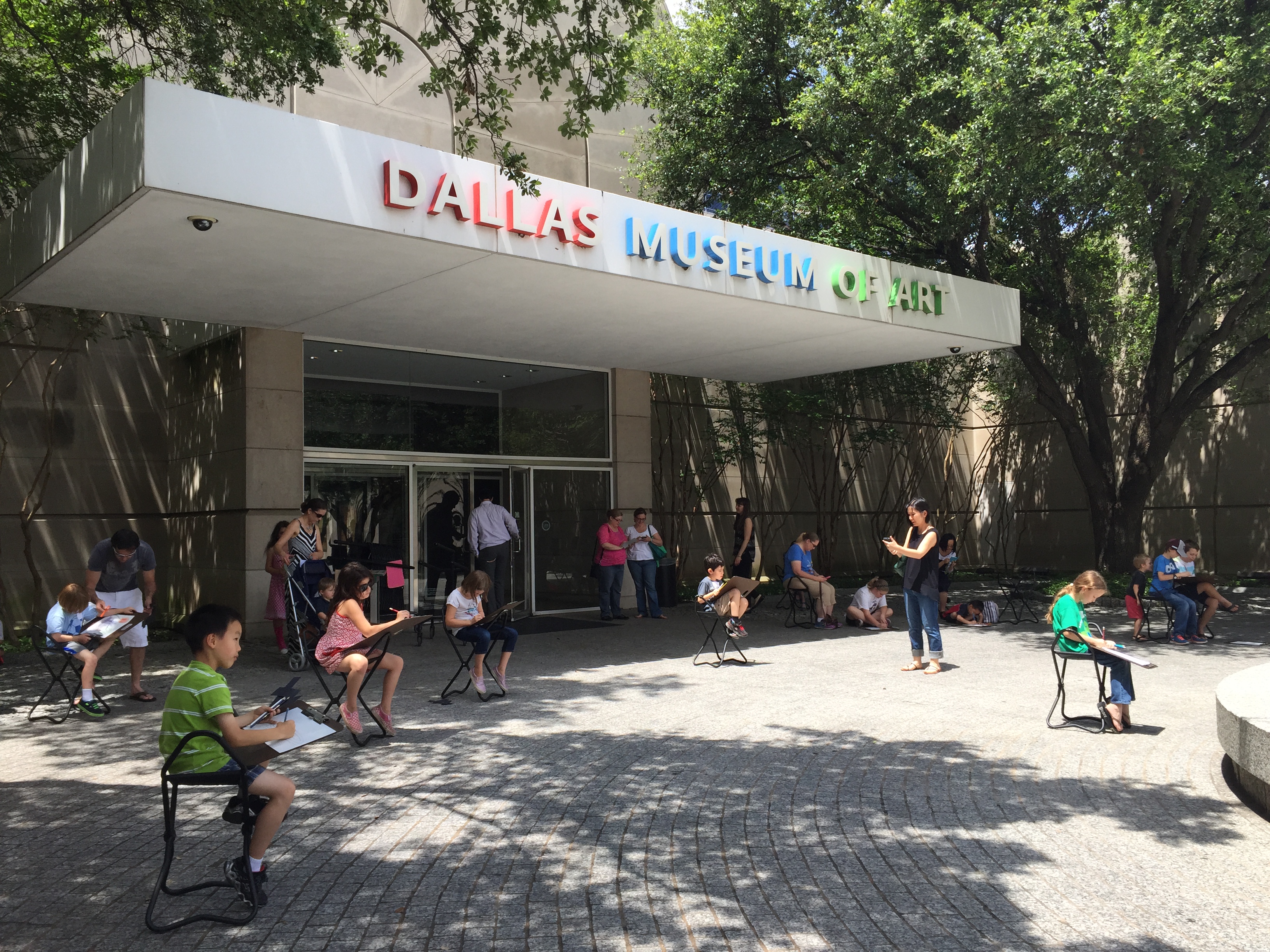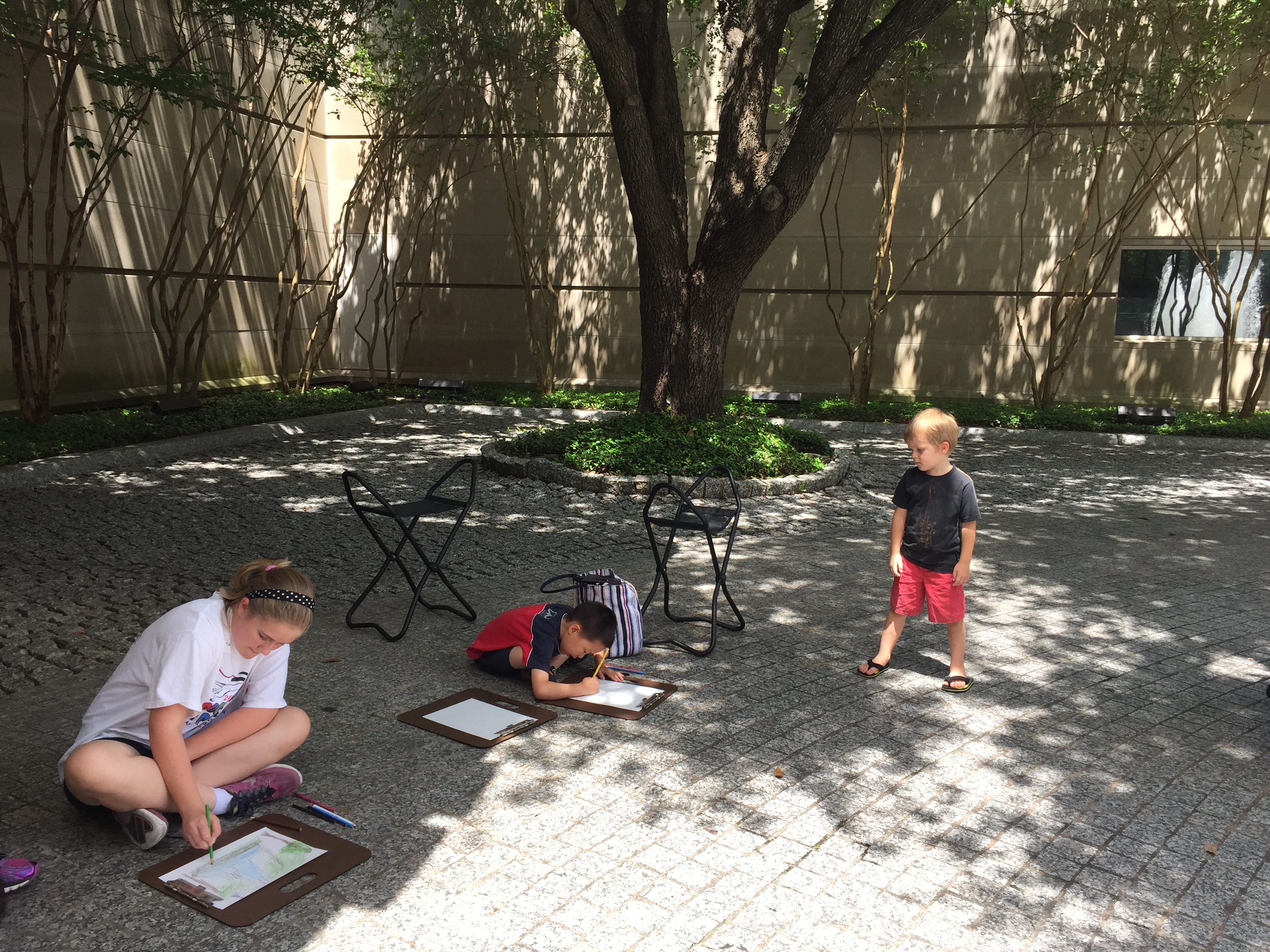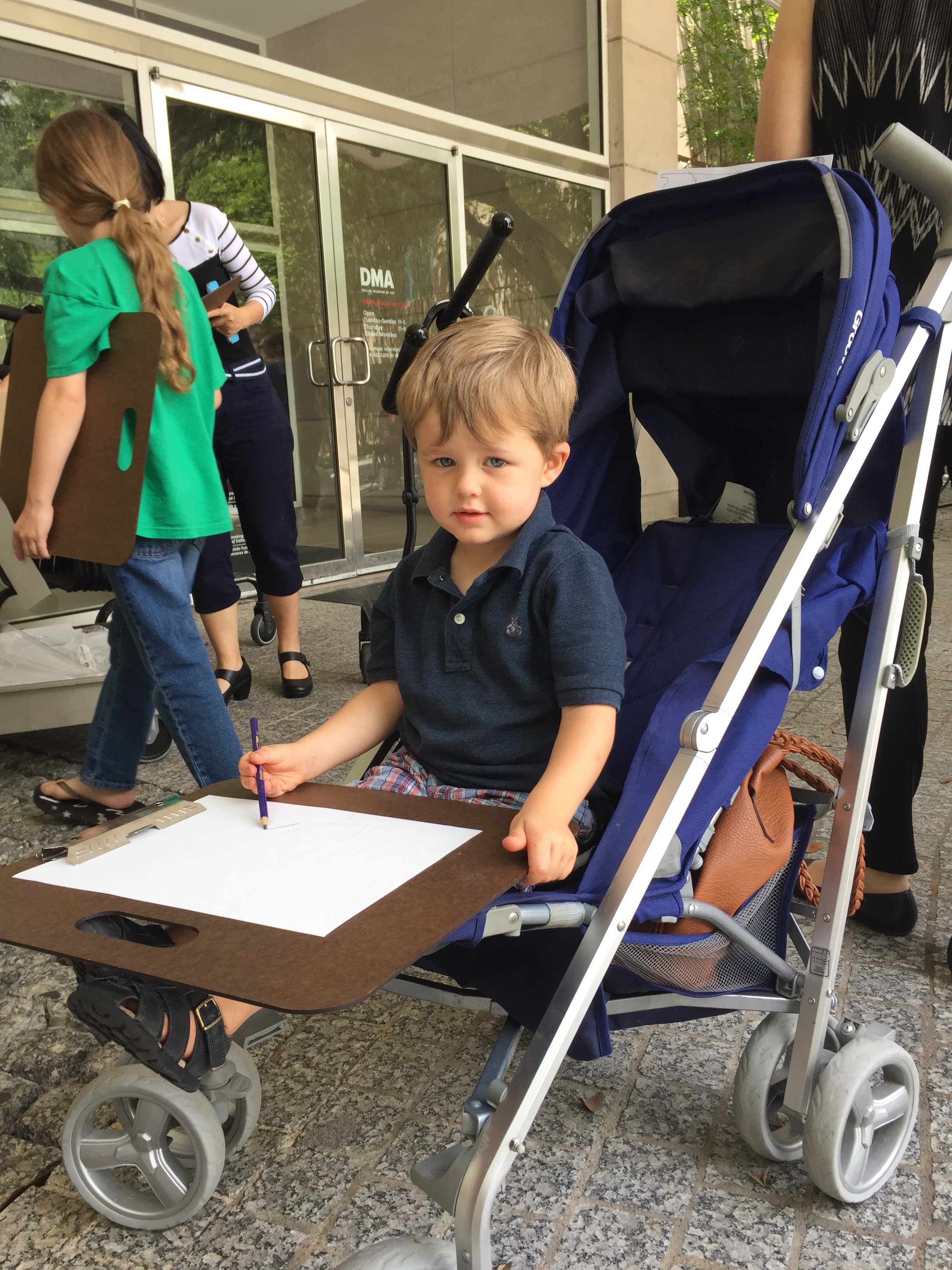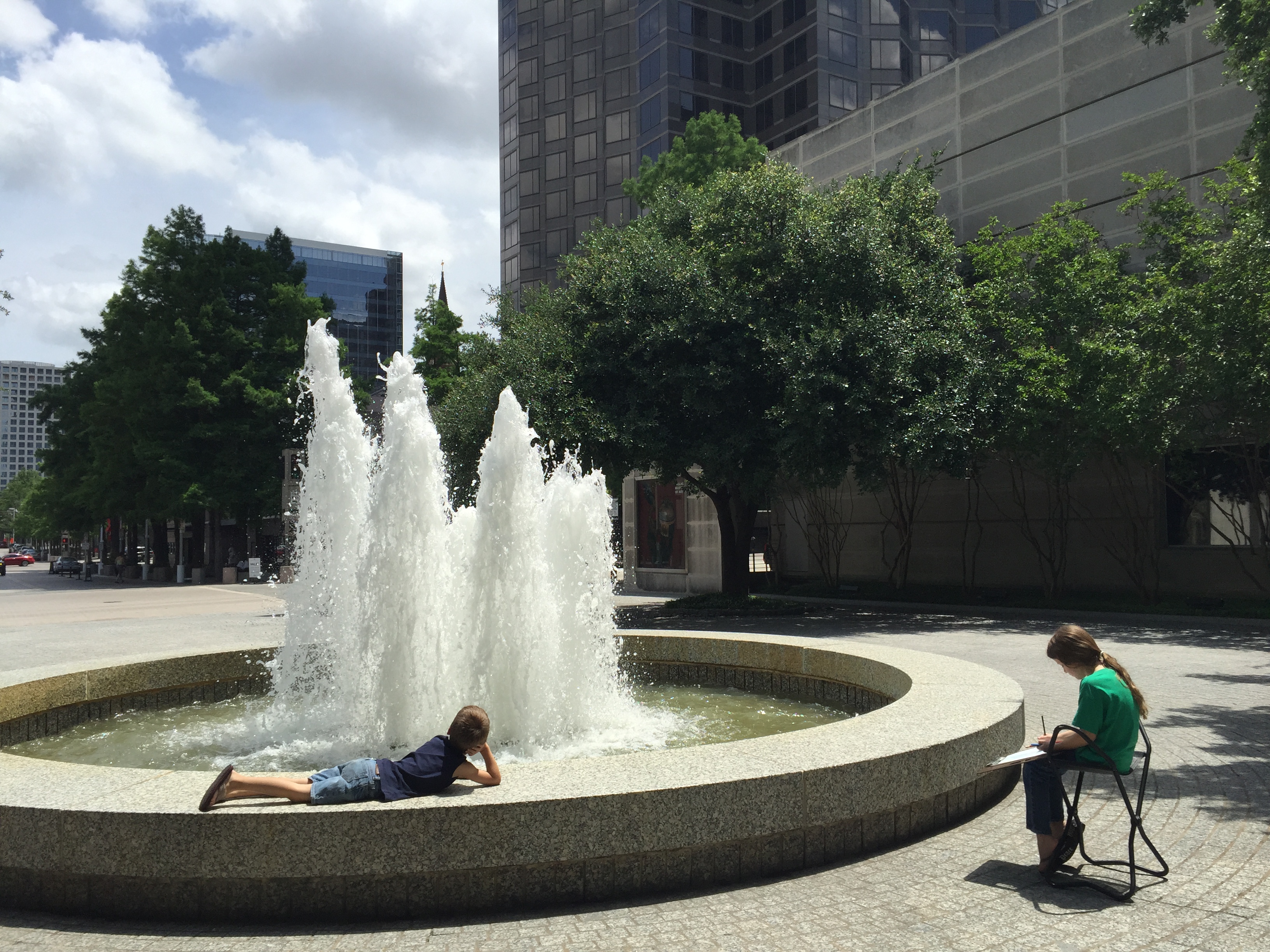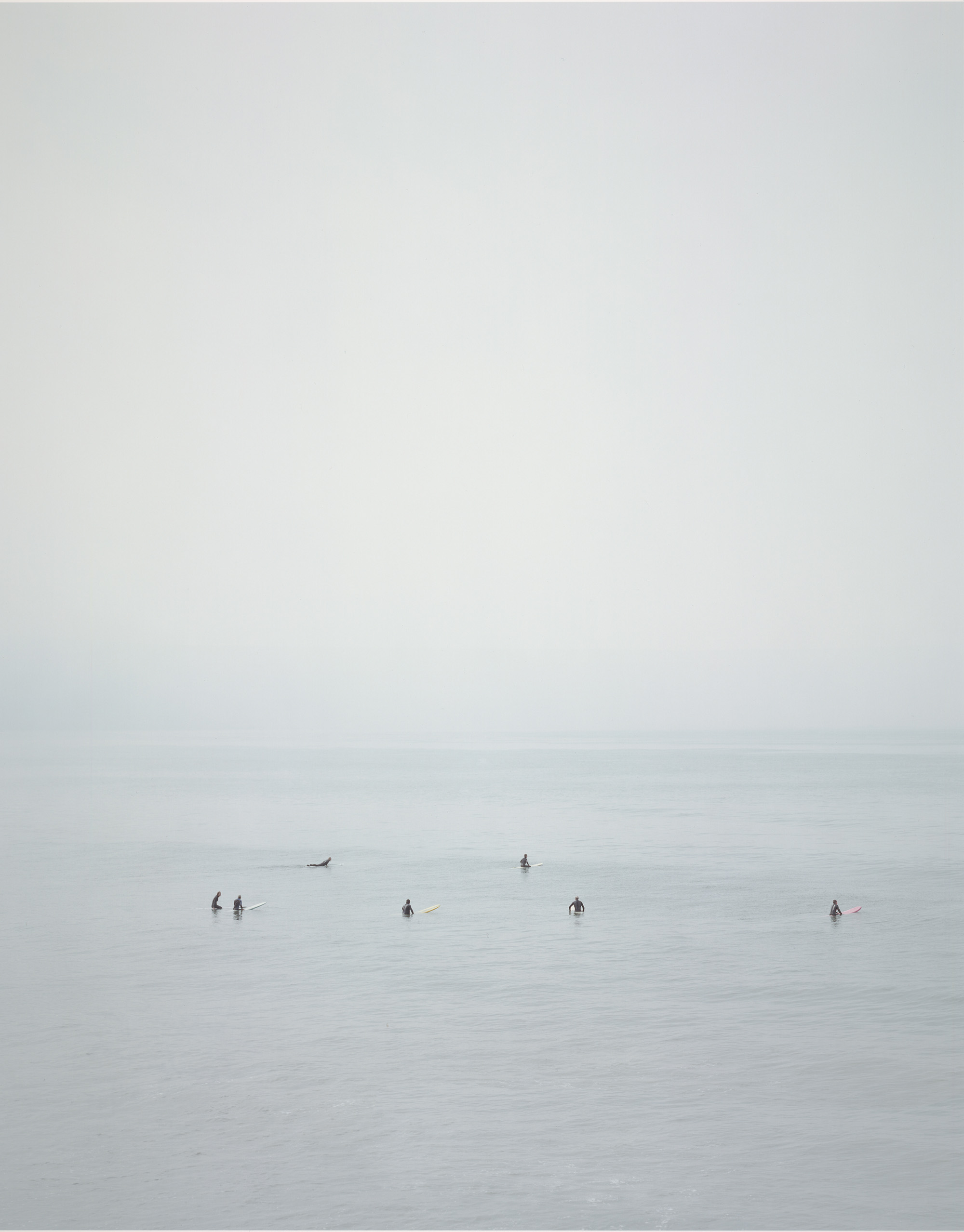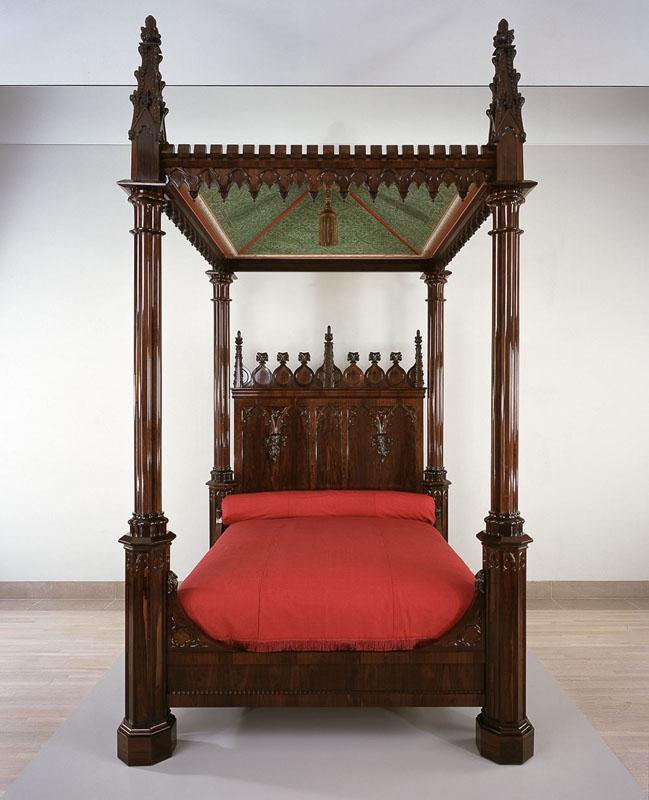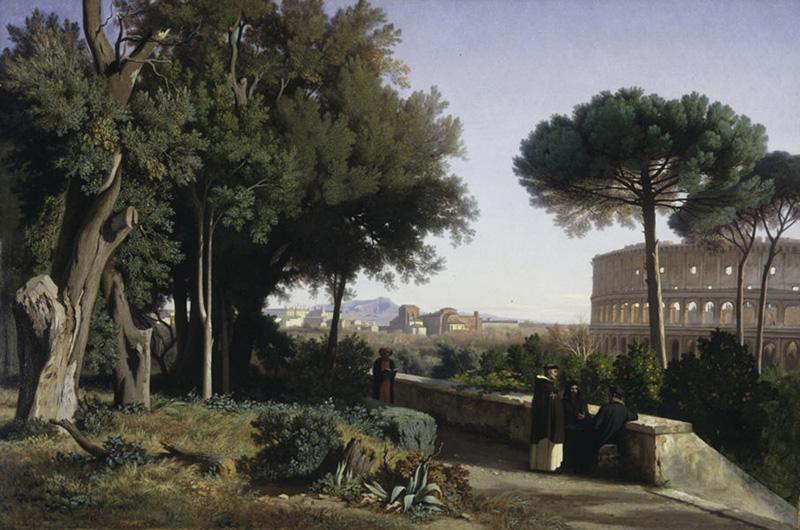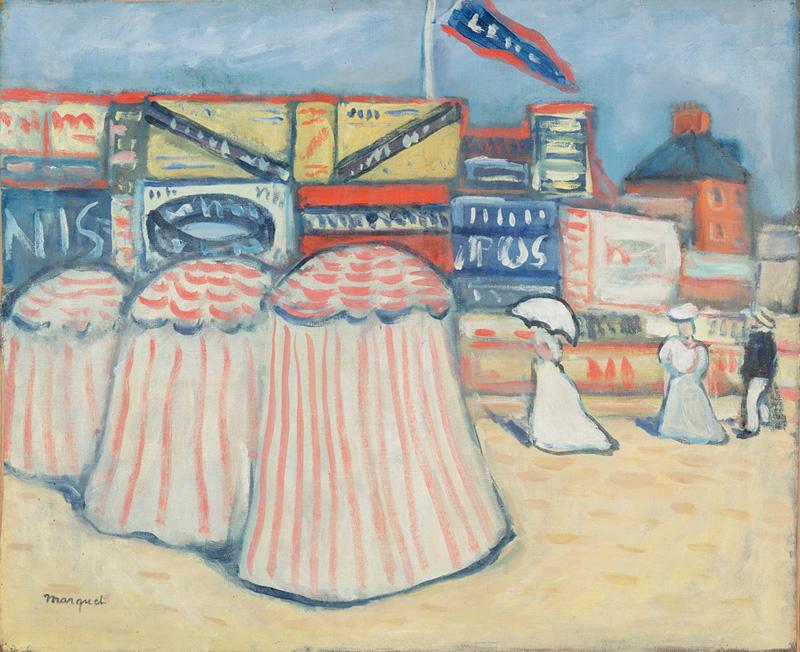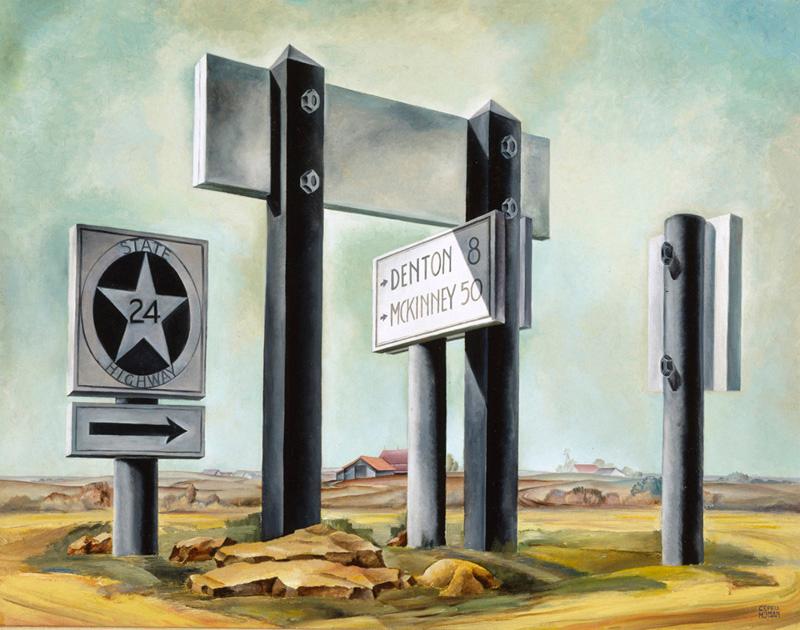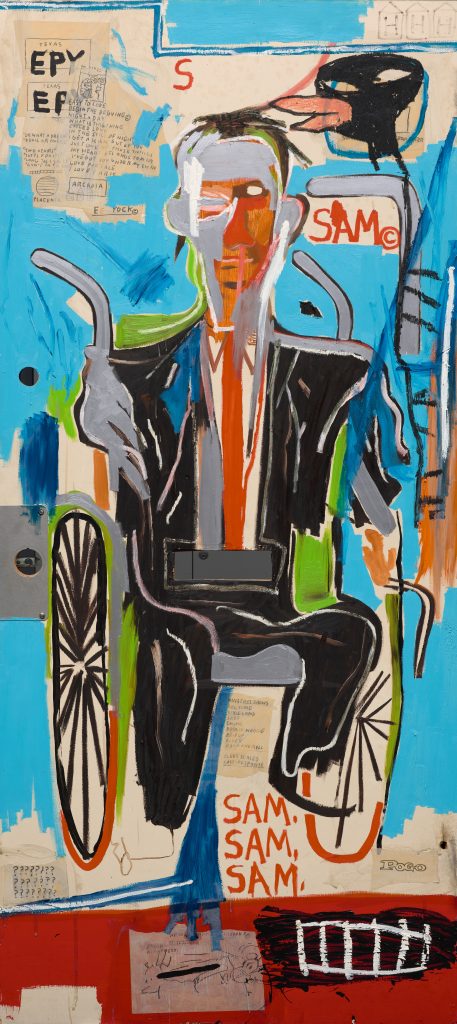
In 2017 we began conversations with Helga Feldman about a landmark gift to the institution of a work by the incomparably important US artist Jean-Michel Basquiat. The portrait, Sam F, painted right here in Dallas, is of Feldman’s late husband, who wanted the work to be given to his city’s museum to be enjoyed by the public. As was the wish of the Feldmans, the work entered the collection at the time of Mrs. Feldman’s death in spring 2021. Basquiat’s significance to the recent history of art is almost unparalleled, and when we received the painting, we got to work making immediate plans to get it on view. With this in mind, we adapted to certain considerations of time and space in order to share the work with our audiences without delay. Therefore, we decided to show it in our Concourse, which is the most public of the Museum spaces, and is traversed by all visitors to the DMA. We have often shown works in that space that we want to honor—the Basquiat hangs where the honored artist of our major annual fundraiser, TWO X TWO for AIDS and Art, is typically found. However, because of the very public nature of this space, our duties to care for the collection mandate that the work must be hung above visitor touch distance—an average viewer’s arm span—to keep the work safe. When Sam F went on view, we received the feedback that seeing the painting from this height was far from ideal. This work clearly struck a chord with viewers—for Basquiat was one of the most innovative figures in 20th-century art history. Moreover, as an artist of Puerto Rican and Haitian descent, his presence in the Museum’s collection signals the crucial contributions of Black and Latinx artists to the art historical canon, and the work contains a wealth of references to Afro-diasporic culture that are illuminated in the accompanying interpretive panel.
We heard this feedback, and we agree—it’s time to move the Basquiat so that the conditions of display can better facilitate the close looking the work merits. As of today, the work will be on view on Level 2, at the threshold between the European and contemporary galleries. The work’s neighbors include paintings by Pablo Picasso and sculptures by Henry Moore, Jacques Lipchitz, and Aristide Maillol. It also abuts our collection of classical art, providing a compelling survey of how artists have treated the human form over thousands of years. Basquiat’s portrait of Sam, who used a wheelchair, rejects the idealism first introduced in the classical period and depicts subjects that are typically excluded as subjects of the fine arts. His signature formal style combines expressive mark making taken from both his past as a graffiti artist and the Neo-Expressionism movement that dominated art in New York in the 1980s, while also pointing to a groundbreaking synthesis and reconfiguration of the art historical language that now surrounds it. We invite you to come and see the work, and to let us know what you think.
Dr. Anna Katherine Brodbeck is the Hoffman Family Senior Curator of Contemporary Art at the DMA.
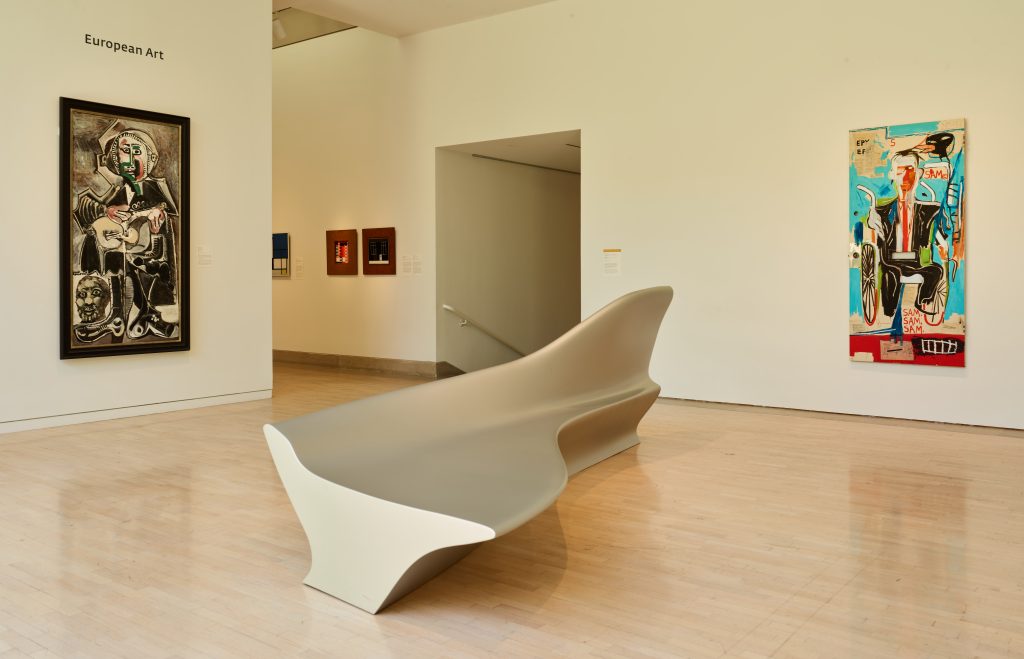

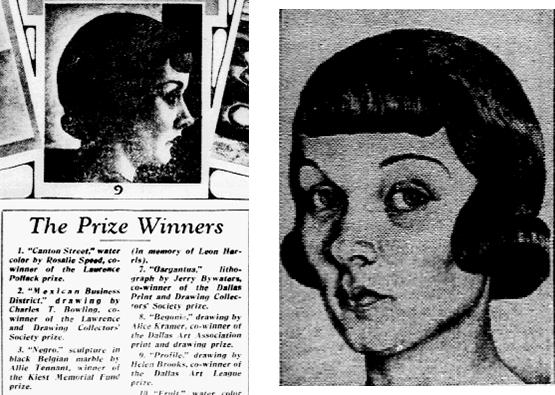
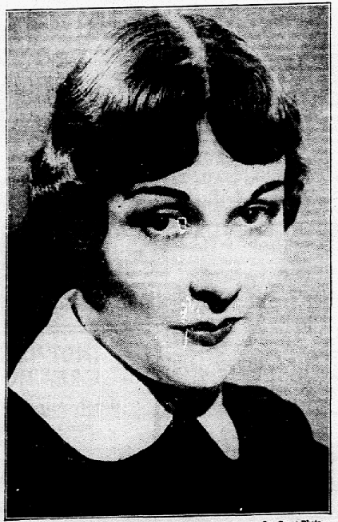
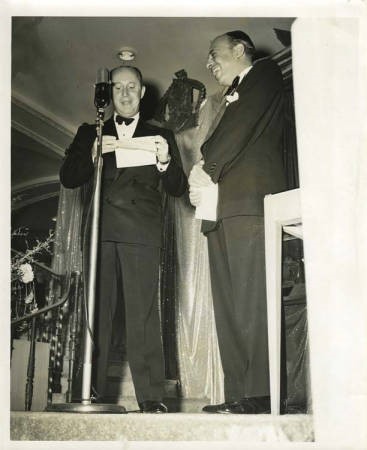
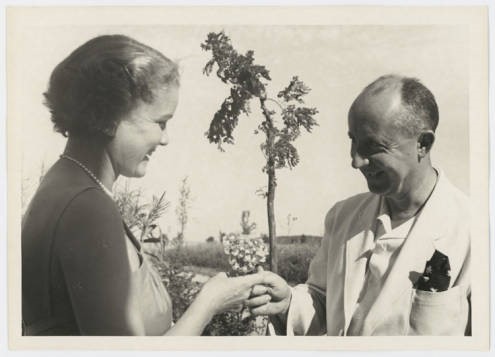


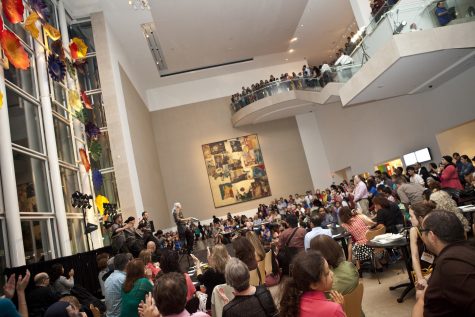
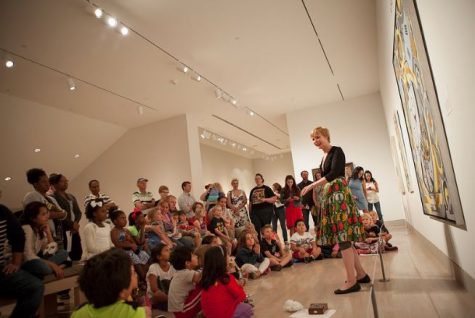
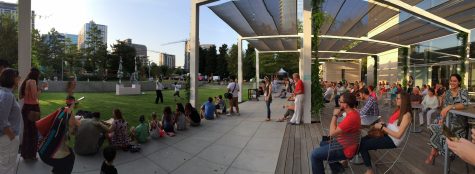
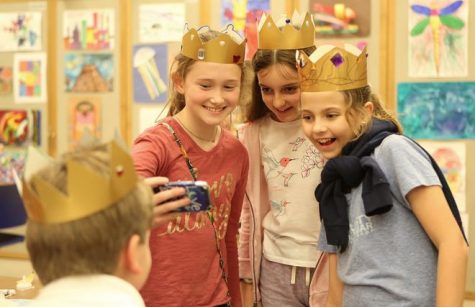
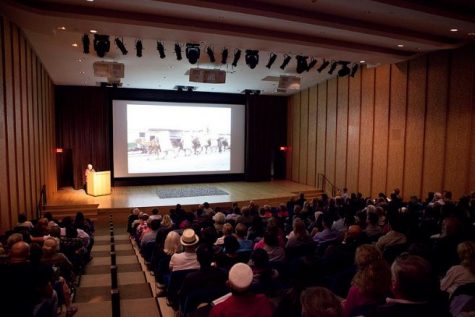

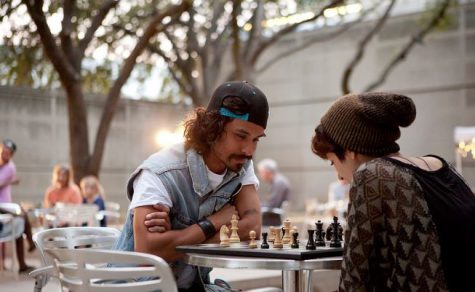

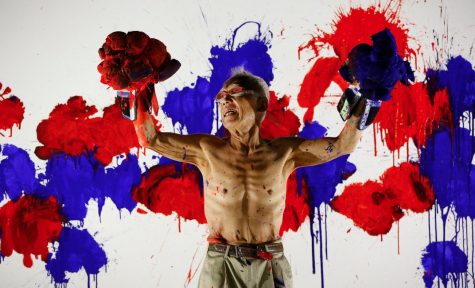
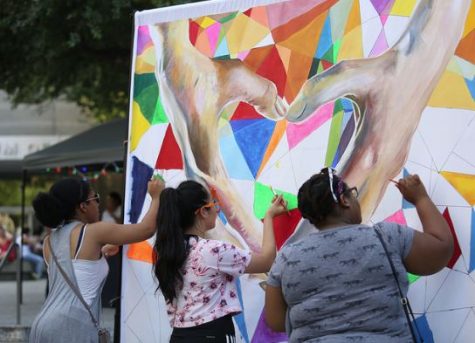
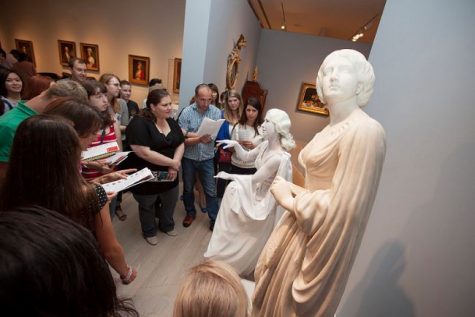
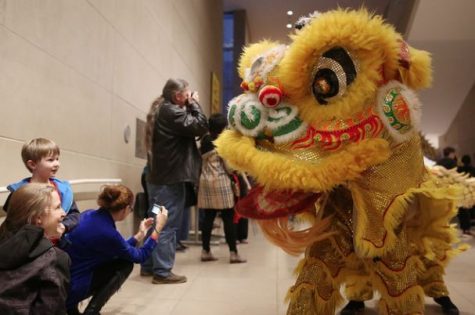
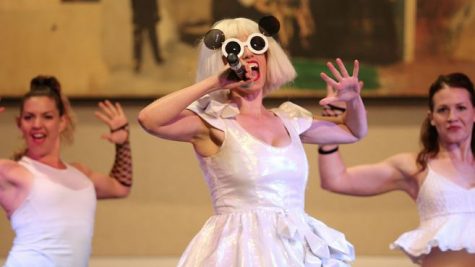
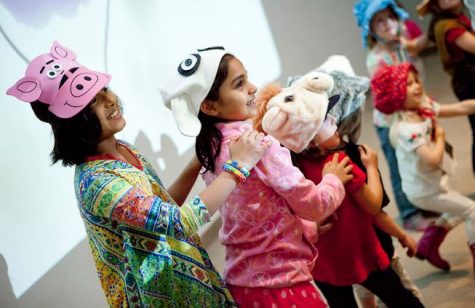
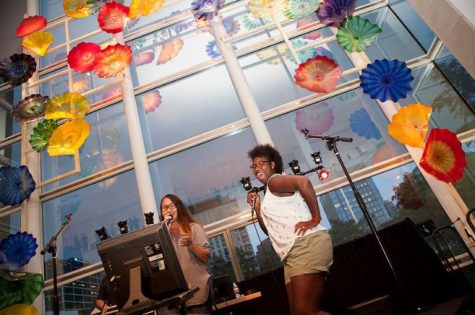


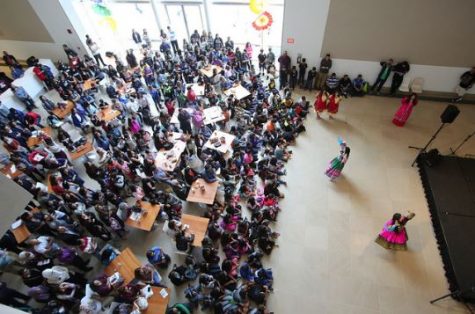

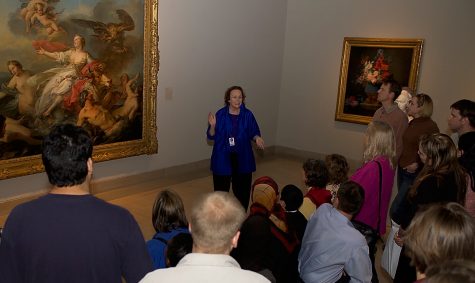


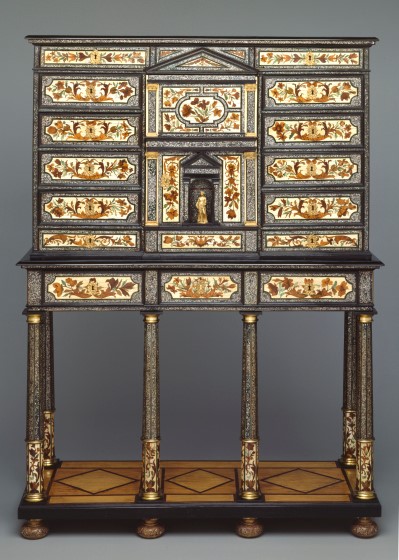 Cabinet on stand, Pierre Gole, Paris (?), France, 1660–80, wood, ivory, tortoiseshell, shell, and gilt bronze, Dallas Museum of Art, The Wendy and Emery Reves Collection, 1985.R.573.a-c
Cabinet on stand, Pierre Gole, Paris (?), France, 1660–80, wood, ivory, tortoiseshell, shell, and gilt bronze, Dallas Museum of Art, The Wendy and Emery Reves Collection, 1985.R.573.a-c Normandie shape pitcher, Peter Muller-Munk, Rome, New York, 1935, chrome-plated brass, Dallas Museum of Art, 20th Century Design Fund, 1996.27
Normandie shape pitcher, Peter Muller-Munk, Rome, New York, 1935, chrome-plated brass, Dallas Museum of Art, 20th Century Design Fund, 1996.27 Danaides vase, René Jules Lalique, Lalique et Cie, Cristallerie, Wingen-sur-Moder, France, c. 1926, molded glass, Dallas Museum of Art, gift of Mr. and Mrs. Michael Steinberg, 2004.48.5
Danaides vase, René Jules Lalique, Lalique et Cie, Cristallerie, Wingen-sur-Moder, France, c. 1926, molded glass, Dallas Museum of Art, gift of Mr. and Mrs. Michael Steinberg, 2004.48.5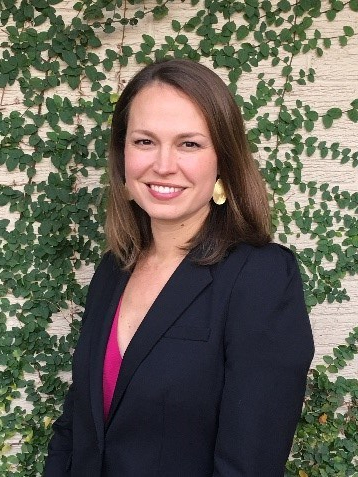
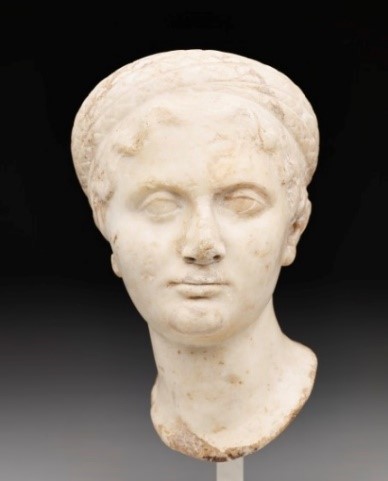 Portrait head of a young woman, Roman, 2nd century CE, marble,
Portrait head of a young woman, Roman, 2nd century CE, marble,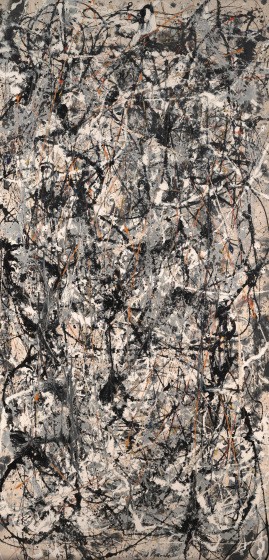 Jackson Pollock, Cathedral, 1947, enamel and aluminum paint on canvas,
Jackson Pollock, Cathedral, 1947, enamel and aluminum paint on canvas,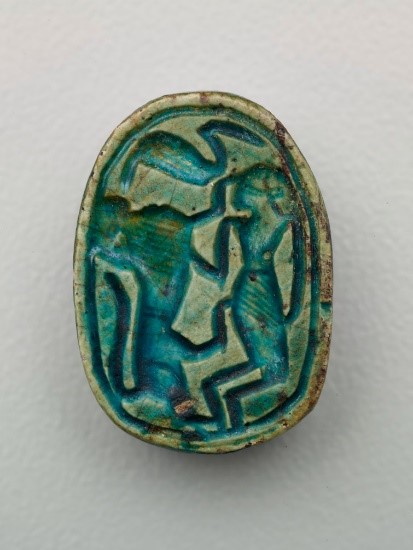 Scarab, Egyptian, 1785–1550 BCE, faience, Dallas Museum of Art, given in memory of Jerry L. Abramson by his estate, 2009.25.4
Scarab, Egyptian, 1785–1550 BCE, faience, Dallas Museum of Art, given in memory of Jerry L. Abramson by his estate, 2009.25.4


